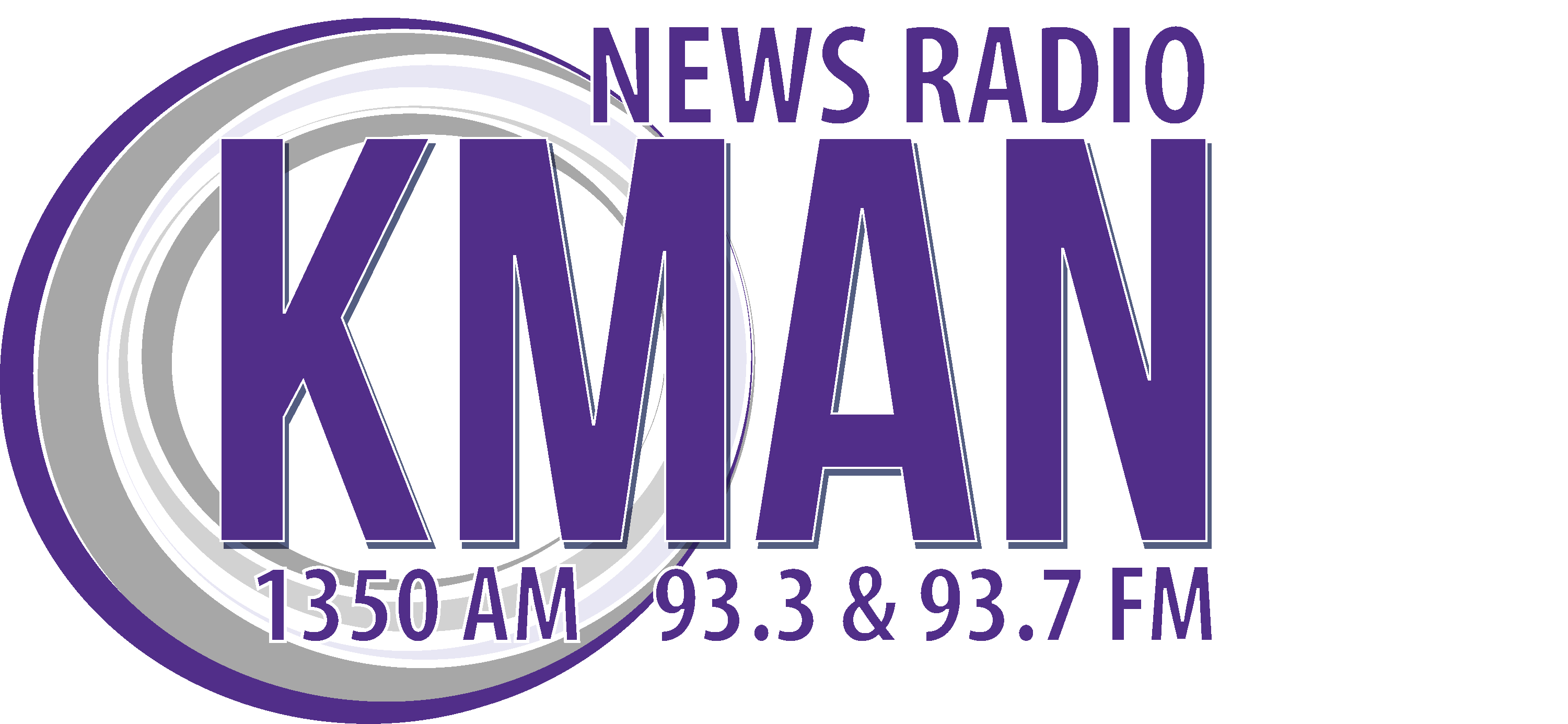Just like humans, cattle can find themselves getting sick during this time of year.
Dr. Brain Lubbers, Kansas State Veterinary Medicine Associate Professor, tells KMAN one common illness this time of year is respiratory disease, which is hard to diagnose and catch right away.
“Cattle are evolutionary, they’re prey animals, right, and so they don’t want to appear to be sick. So, when they do develop disease, they try to hide that.
Lubbers says one tactic to catch respiratory disease early is the DART system. He says it is an acronym for what to look for in your cattle- depression, appetite, respiratory, and temperature. He says these are initial signs, but aren’t necessarily the end all be all.
“There are lots of diseases that can have those signs, so determining if it’s truly a respiratory disease case or if it’s something else really can be a challenge and, like you said, with large farm systems, that can be a real challenge- picking that one initial sick animal out of a group of a hundred or a thousand.”
Lubbers says since illnesses are so hard to accurately diagnose and quickly catch, they are continuing to improve their technology. He says one tool that a company has designed is the electronic stethoscope.
“A stethoscope that can pick up these different sounds and then doesn’t just record the sounds, but it uses an algorithm to basically determine, does the animal have respiratory disease or not.”
He adds that this is also helpful because there are fewer people within the industry that are familiar with animals and farming, so this kind of tool makes it possible to employ individuals who aren’t necessarily highly trained.
“We just need somebody that is able to, okay, we can train them to place the stethoscope in these areas on the animals side and listen for a few seconds and then let the electronic algorithm do its thing.”
Lubbers says the future holds even more. One project he says is being worked on at Kansas State right now is a facial expression monitor.
“They call it a grimace response, right, it’s, kind of, when you are in pain and you quint your face and you kind of make your facial muscles tight. They’re looking for same kinds of signs in cattle as well to help diagnose illness.”
He adds that work is also being done on a behavior monitoring tool. He says this tool places GPS and locomotion monitors within cattle tags.
“We know that when cattle get sick they don’t move as much, they don’t go up to the feed bunk to eat. So, we can use that kind of behavior data to help us determine if an animal isn’t moving as much within a pin or a pasture as they normally do, that might be an early sign of illness.”
Lubbers says that the tools are great, but no one tool does it all and they have to be used together to create the efficiency they strive for.
To learn more about caring for your cattle, visit ksubci.org.


